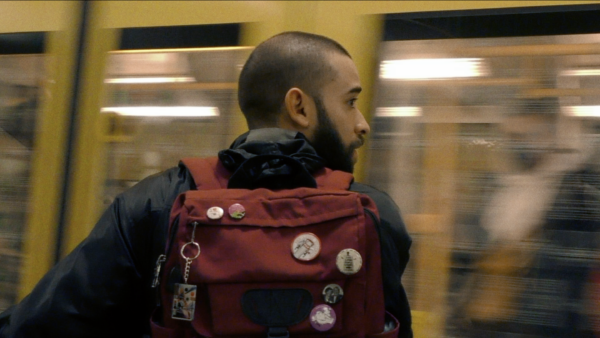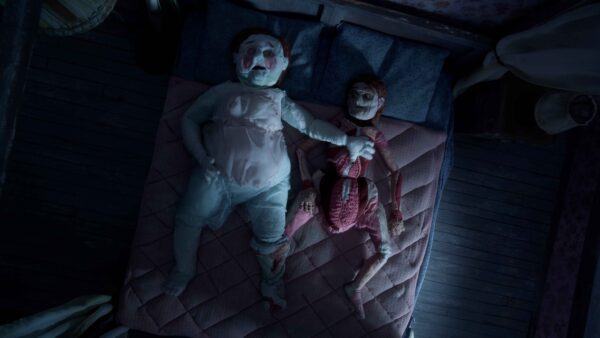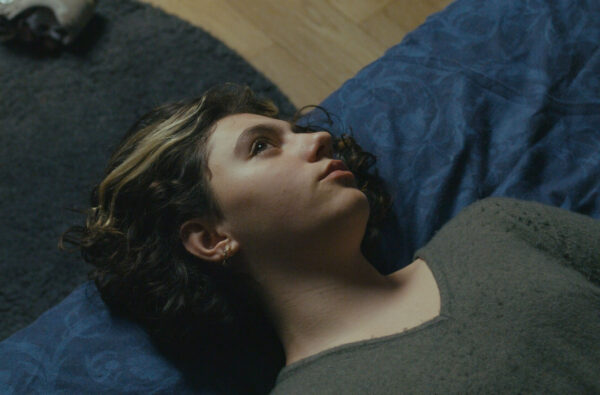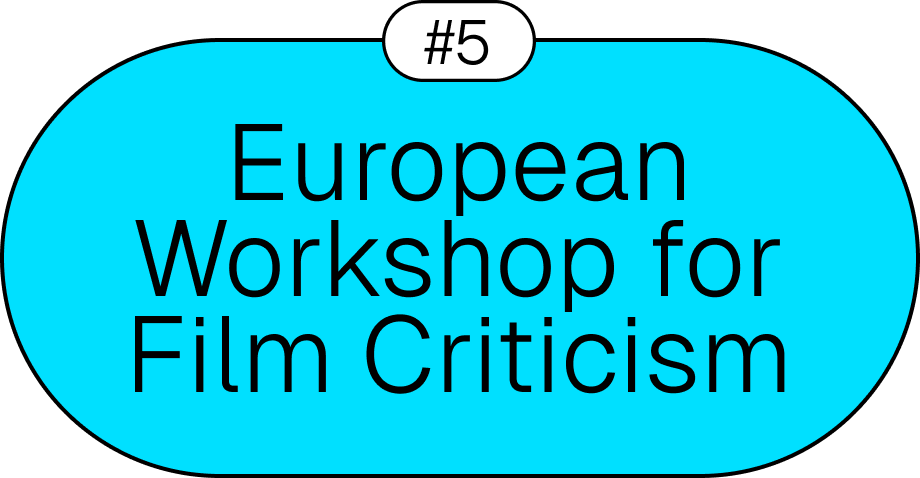Sameh Alaa: “Cinema is a language we all share.”
Alaa was the first Egyptian filmmaker to be part of the Official Short Film Competition in Cannes. He won the Palme d’Or that same year.
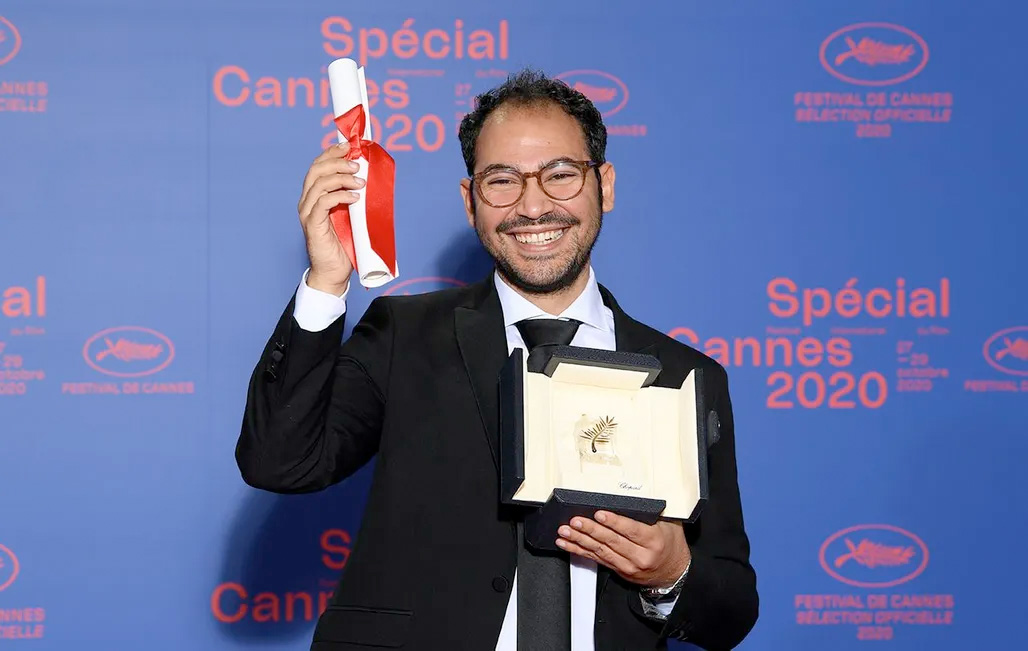
Sameh Alaa talks about his work with great passion; his love for cinema leads our conversation. Due to his enthusiasm, he taps into themes he would afterwards have preferred not to discuss. At Alaa’s request, some parts were therefore omitted from this text. The particular caution of this cinephile partly has to do with the strict censorship policy in Egypt, but also because he doesn’t want to spoil the viewing experience.
This same courtesy is reflected in the composition of his images and the construction of his stories. His second short film, I Am Afraid To Forget Your Face, depicts the impossible reunion of two lovers. Alaa doesn’t reveal whether it was inspired by the gender dichotomies of Egyptian society or by prevailing pandemics, but the urge for connection is tangible nevertheless.
The formalistic approach in I Am Afraid To Forget Your Face is very similar to the choices you made in your previous short, Fifteen. One of the differences, though, is that you chose the 4:3 format. Why?
Somehow this film fixed the problems I had with my previous one. It is like an upgrade. I choice that aspect ratio for two reasons mainly. Fifteen was about a guy who’s lost and is accompanied by his younger brother. The world is too big for him, so I wanted to portray him as a small, scared human being. In my new film, it is quite the opposite. I always thought about the main character being trapped between groups of people; I wanted the frame to be filled with as many persons as possible in order to feel an always lurking sense of social control. Two specific scenes ultimately led me to opt for this format: the bus scene and the funeral.
The composition of your images is very meticulous and symmetric.
I consider photography just a hobby, but I do like to use still images in my films, too. I believe it’s better to take your time and observe rather than speed things up or give away too much information. Film is a meditative experience: you need to spend time with what you see. Though it’s not easy not to become boring. I try to find a rhythm that also allows moments of observation.
The scene in which you break the fourth wall really stuck with me; it captures the essence of the story. The actor’s gaze is the cherry on top as if he’s checking whether nobody sees him doing what he’s not supposed to do. He grabs our immediate attention.
The idea of using a zoom somehow came to me. I wanted him to look back, but I found it more emotional to have him really facing us. I was scared because a lot of people wondered if I knew what I was doing. Usually, when someone looks straight at the camera like that, it’s the beginning or the end of the film. Here it’s in the middle. So far, it worked for most people. Emotionally, at least. I don’t care if people understand it the way I intended it—people can make up their own explanations.
You not only break the fourth wall, but you also keep your shots rather long—I counted twenty-one shots for a fifteen-minute film.
I’ve always used still images until this one commercial I once made in which I zoomed out during its entirety because I wanted to try something new. I liked that. When on set, I’d agreed with my director of photography that I’d tap his shoulder when I wanted him to stop zooming. But I improvised a lot on set, so I decided not to interrupt him. He kept going and looked at me, and I let him zoom in until we finished—I just followed my intuition.
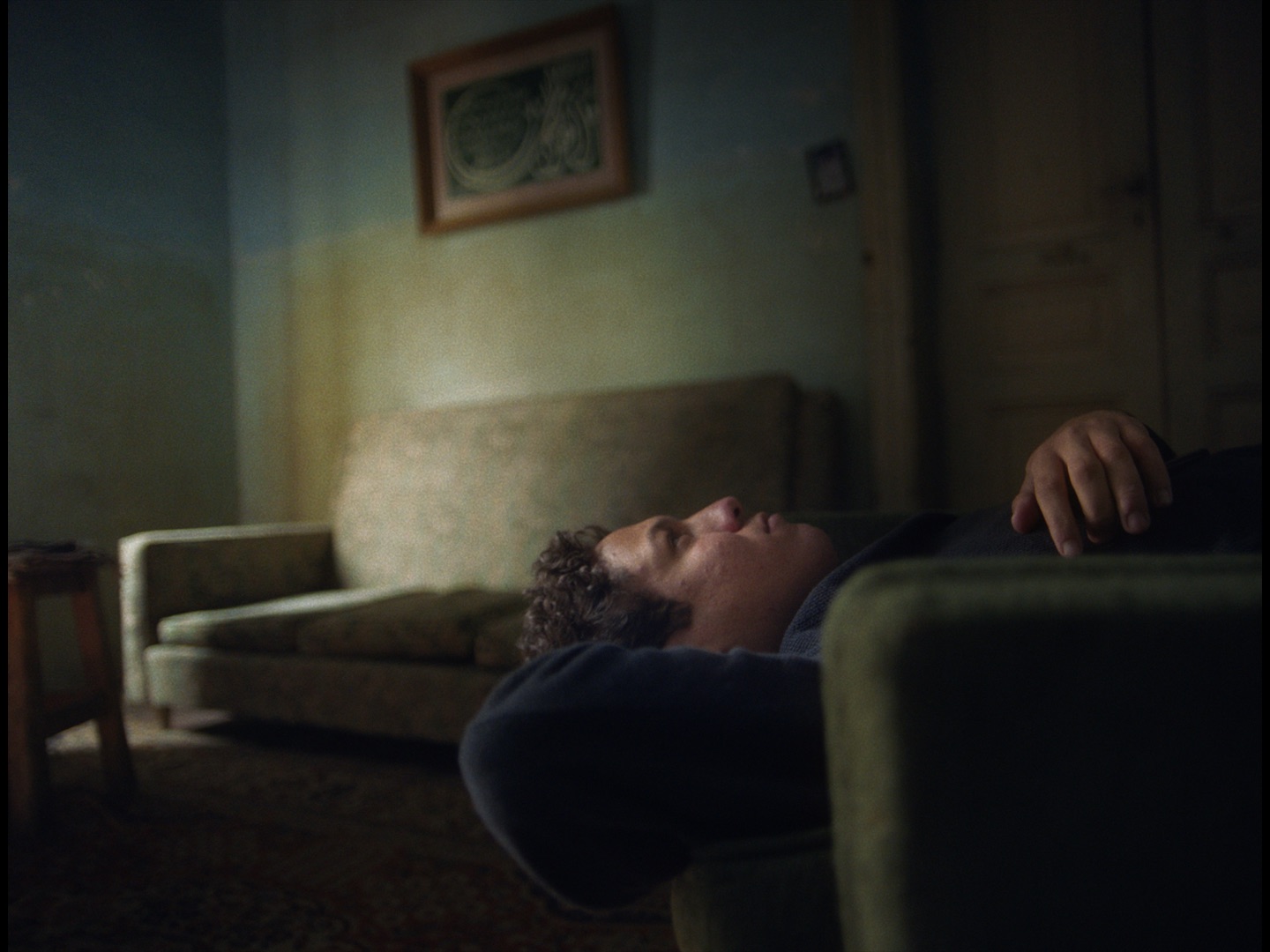
I Am Afraid To Forget Your Face
You grew up in Egypt and studied film in Prague and Paris. You also studied German literature. Your film is the first Egyptian film in the short film competition at Cannes, ever. Do you feel you represent Egyptian cinema?
I have lived in Egypt most of my life. My memories, experiences, and family are all set in Cairo—thus, all my films take place there because they hold a lot of stories I want to address. I still feel very connected to Egypt and consider myself an Egyptian filmmaker, but I’m also equally influenced by other cultures and arts. I studied many things, travelled a lot, I have friends everywhere. Cinema is a connection we all share because it has its own language. That’s why Jim Jarmusch uses Ethiopian music sometimes. It’s not part of his proper culture, but it’s part of the culture of cinema. I make films that I really want to see and enjoy myself, which is, therefore, probably a mix of different kinds of cinema.
You see cinema as a universal language…
…spoken also by someone who hasn’t studied cinema! By watching a lot of films, you already set expectations and build your own cinematic language, even if you’re not a filmmaker or not actively analysing films. We all have films we love in the back of our minds at all times.
Though its name isn’t mentioned, Cairo plays a big role in both of your films. Each short has a least one shot where the main character is enclosed within the lines of the city’s landscape, primarily made out of grey buildings.
The city is very unique. I actually shot both films where my grandparents used to live. That’s where I grew up; I like it a lot. It doesn’t have a particular message other than that’s where my characters are living. The city also feels like a character to me; it’s what moves me.
How did you experience your collaboration with cinematographer Giorgos Valsamis, who worked on the Short Film Palme d’Or winner last year too?
Giorgos had been a friend of mine for some time before we collaborated. We have been thinking about working together for quite a while. I love his photography. Two years ago, I went to Greece, and we spent a night talking it through. That was a great experience. Greek people are very similar to us; we have lots of Greek people in Alexandria. We have a lot in common culturally. I also didn’t feel like a guest, more like a brother. He gets along with my parents really well.
You paid a lot of attention to your sound design, which is diegetic, but often outside of the frame.
To determine whether a film is good or bad, I start cooking. If I still understand what is going on, then something is wrong. I love films where the silence makes you look up. Sound and image are not each other’s equals, but they complement each other. Something that is made clear in the images doesn’t need to be emphasised on the soundtrack. The reverse also applies. I believe that sound is often stronger than image. If sound only exists to support the image, then the result is undoubtedly a disappointing film, no matter how perfect the image is. That is why I do my very best to offer the viewer a rich listening experience. Your imagination is always stronger than the image you are offered; sound stimulates that imagination. The audience not only has to look at an image, they have to experience an entire world.
This interview was previously published in Dutch on Kortfilm.be.


